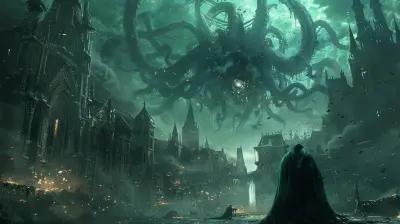Balancing Difficulty: Why Some Action Games Get It Right
17 September 2025
If you’ve ever thrown a controller across the room or rage-quit a game (we’ve all been there), you know just how important difficulty is in shaping your gaming experience. Action games, in particular, have mastered the fine art of making you sweat, curse, and ultimately cheer when you overcome their challenges. But have you ever stopped to wonder why some games feel perfectly balanced while others come off as either way too easy or downright unforgiving?
Let’s take a deep dive into what makes certain action games nail the difficulty sweet spot while others leave us feeling either bored or utterly crushed. Spoiler alert: It’s not just about making the game hard for the sake of being hard. 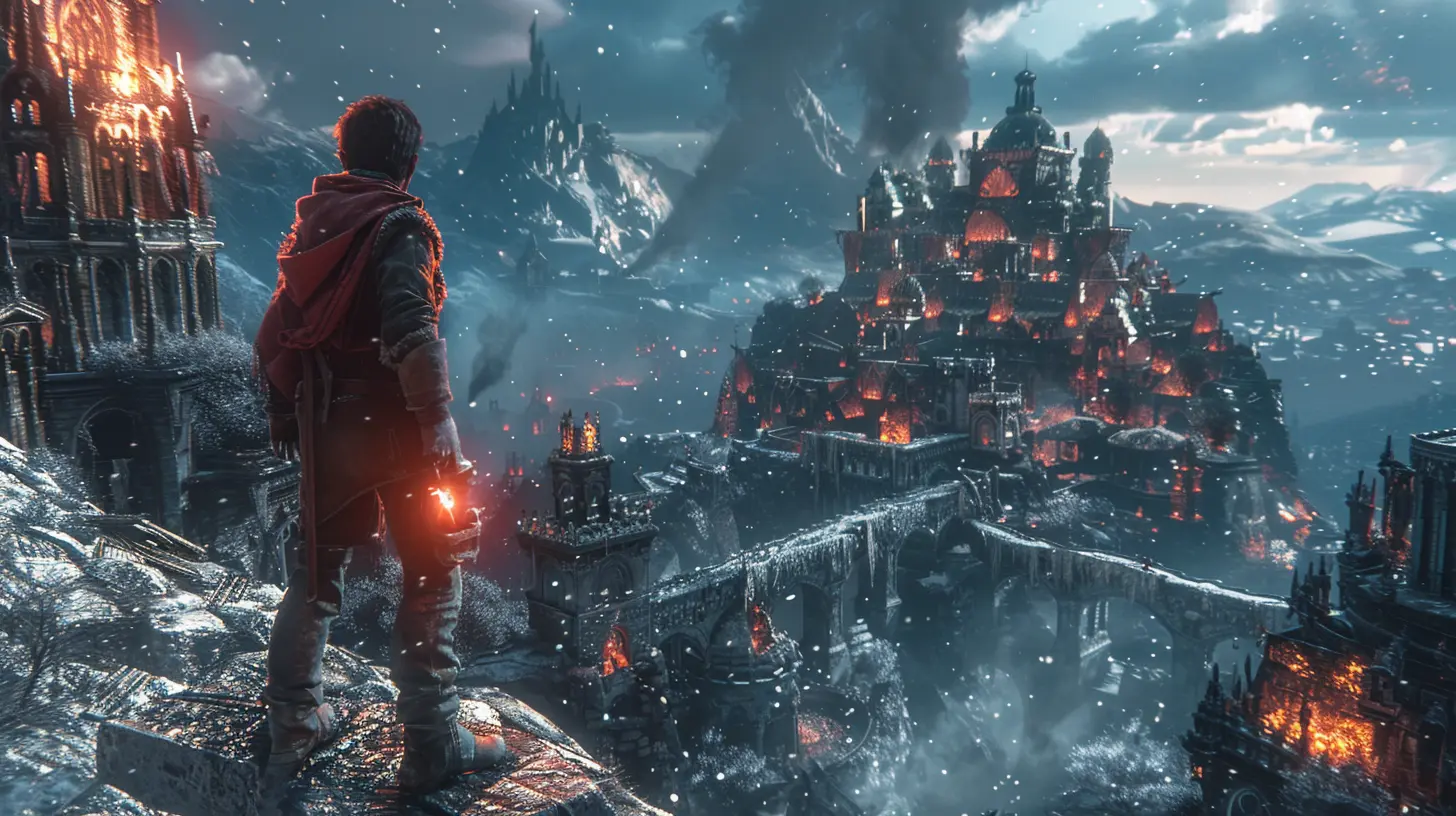
What Makes Action Games Tick?
Action games are adrenaline-packed roller coasters. They’re all about fast reflexes, strategic decisions, and heart-pounding moments that make you feel like a total badass when you succeed. The challenge is part of the experience—without it, the game risks feeling flat or forgettable.But difficulty isn’t some one-size-fits-all formula. It’s more like an intricate dance between the game’s mechanics, pacing, and the player’s sense of accomplishment. The best action games balance difficulty like a tightrope walker—enough to keep us hooked but not so much that we want to jump off the metaphorical cliff. 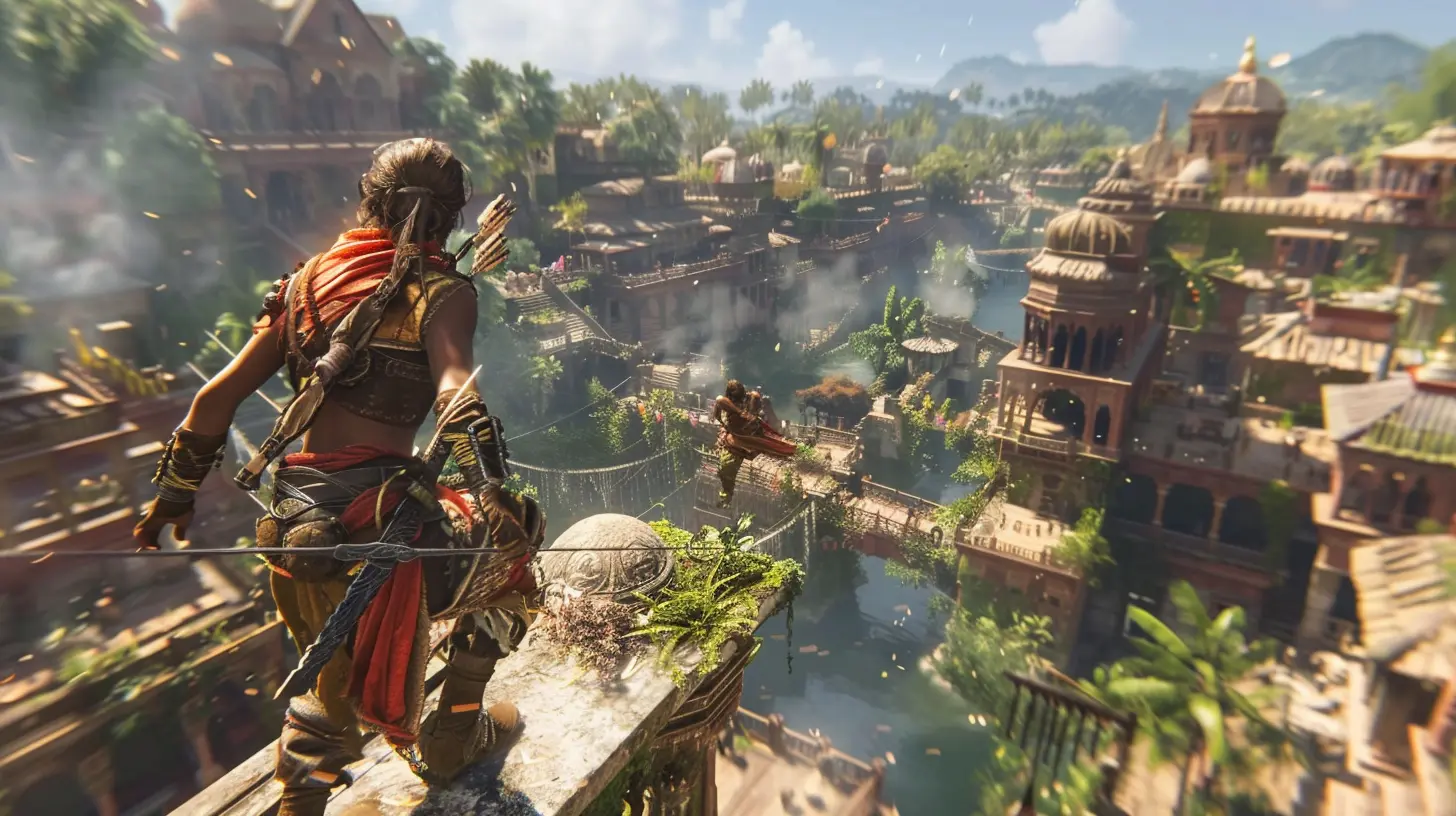
Why Difficulty Matters in Action Games
Ever notice how the hardest levels in a game are usually the ones you remember the most vividly? That’s not a coincidence. Difficulty often goes hand-in-hand with creating memorable gameplay moments.Here’s the deal: Most gamers love a good challenge. It’s in our DNA to want to conquer something that feels just out of reach. But there’s a fine line between satisfying difficulty and frustration that makes you want to uninstall the game faster than you installed it.
The key lies in creating a sense of progression. A well-balanced action game gives you just enough of a struggle to make victory feel earned. If it’s too easy, it’s like eating plain toast—no flavor, no thrill. Too hard, and it’s like biting into a ghost pepper—unbearable and not enjoyable. 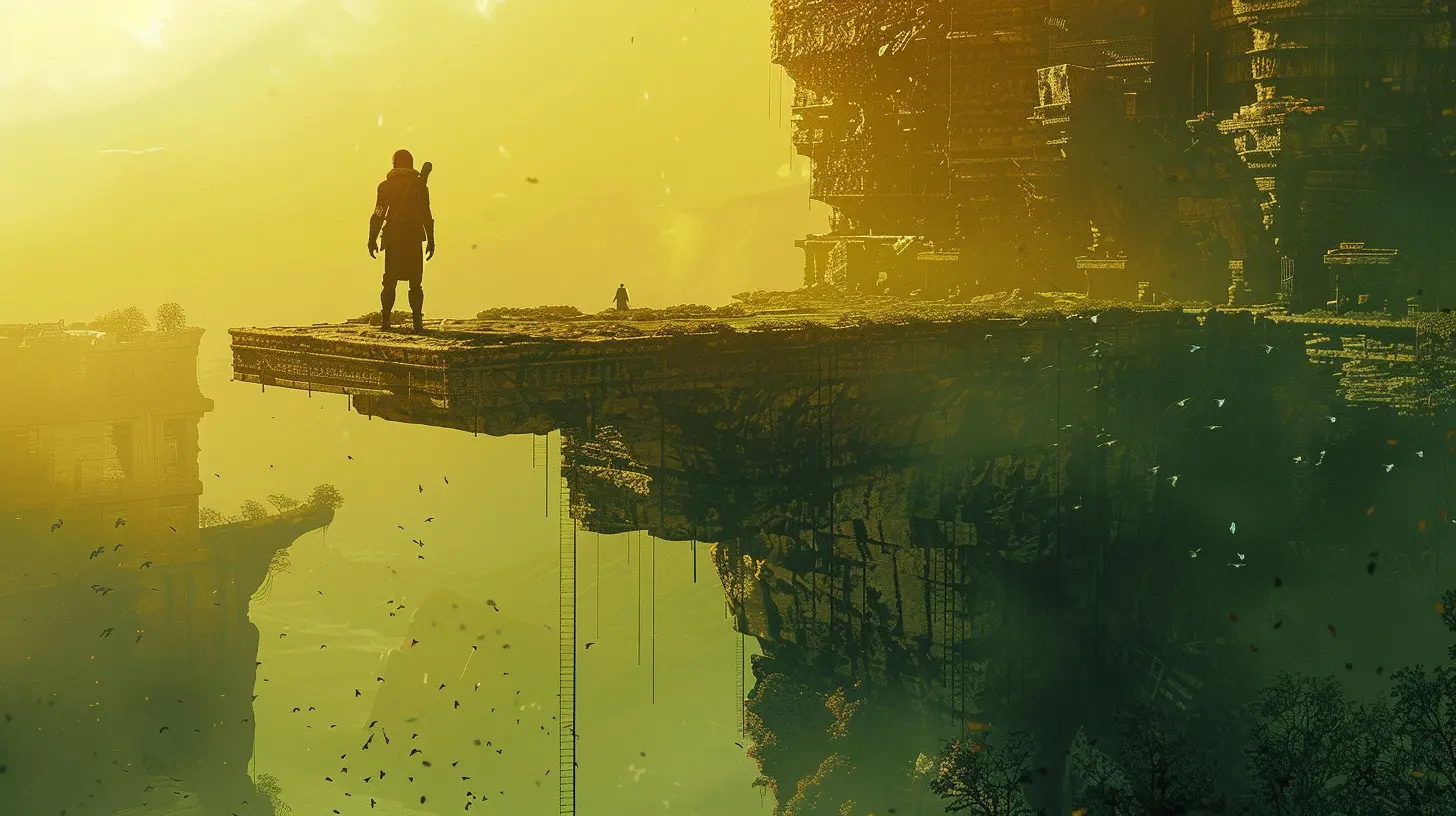
Games That Hit the Sweet Spot
So, what do the pros get right? Let’s look at a few shining examples of action games that manage to balance difficulty like a boss.Dark Souls Series
Ah yes, the gold standard for challenging games. But here’s the thing: “Dark Souls” isn’t just hard for the sake of being hard. Every death teaches you something. Whether it’s an enemy’s attack pattern, a hidden shortcut, or a warning to never let your guard down, the game rewards patience and learning.Sure, it’s punishing. But the difficulty feels fair because it’s built on a foundation of skill. You’re not just grinding; you’re genuinely improving. Plus, that sense of achievement when you finally beat a boss? Pure dopamine.
Celeste
On the surface, “Celeste” looks like a cutesy indie platformer. But don’t let its charming pixel art fool you—this game has some serious teeth. What “Celeste” does brilliantly is offer a challenge that feels deeply personal.Every time you fail (and trust me, you will), it’s because of something you did. The controls are so tight, and the mechanics so refined, that every mistake feels like a learning opportunity rather than the game being unfair. And if you’re really stuck? The developers included an Assist Mode, proving that difficulty doesn’t have to be a brick wall—it can also be a ladder.
God of War (2018)
“God of War” is a masterclass in pacing. It starts off relatively simple, easing players into its mechanics, but gradually ramps up the challenge as you get deeper into the story. By the time you’re fighting the Valkyries (seriously, those fights are no joke), you’re so invested in the gameplay that you’re willing to put in the extra effort.What makes it work? The game respects your time. Every fight, every puzzle, and every upgrade feels meaningful. Nothing’s thrown in just to pad the difficulty—it’s all purposeful. 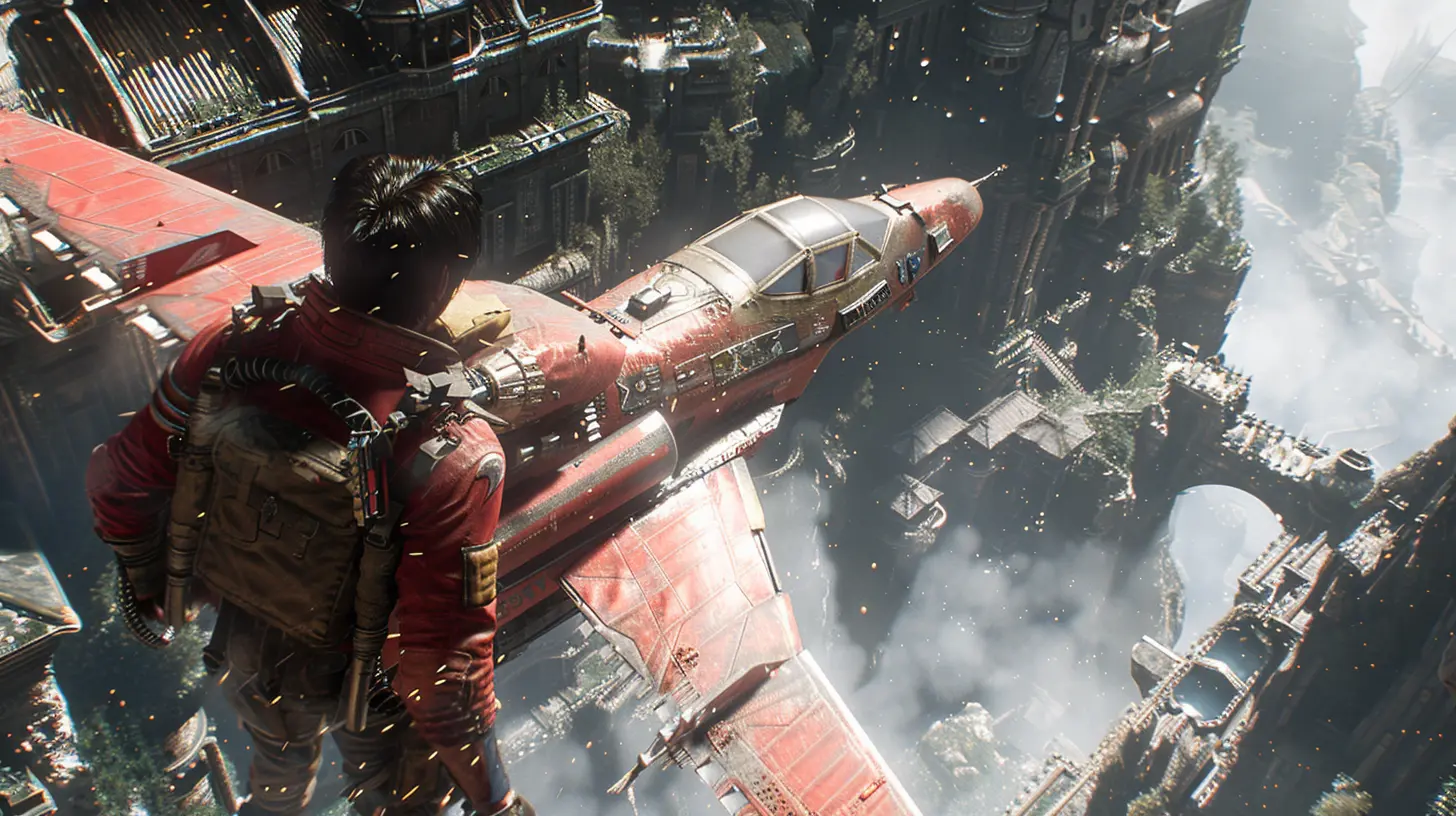
The Danger of Over- or Under-Tuning
Okay, so we know balance is important. But what happens when developers don’t get it right? Let’s break it down.When It’s Too Easy
An action game that’s too easy can feel like watching paint dry. There’s no tension, no stakes, and no incentive to keep playing. A lot of games fall into this trap when they try too hard to appeal to a casual audience.Take a boss fight, for example. If I can button-mash my way to victory without even breaking a sweat, what’s the point? I might as well be playing a walking simulator.
When It’s Too Hard
On the flip side, a game that’s punishingly difficult without rhyme or reason can kill the fun immediately. When you’re dying over and over, not because of your own mistakes but because of cheap design (looking at you, invisible enemies and one-shot kills), it’s less “challenge” and more “torture.”The problem lies in how failure is handled. If you’re constantly being punished without the chance to improve, it’s like running into a brick wall over and over. Fun? Not so much.
The Secret Sauce: Adaptive Difficulty
So how do game developers get it right? One solution is adaptive difficulty. This can be as subtle as tweaking enemy AI based on your skill level or as explicit as offering difficulty options upfront.For example, “Resident Evil 4” adjusts its enemy placements and supplies depending on how well you’re doing. Struggling? The game might throw you a few extra health packs or weaken the enemies. Crushing it? Prepare for tougher foes and fewer resources.
This kind of dynamic adjustment keeps the game engaging for players of all skill levels. It’s like having a thoughtful friend who pushes you just hard enough without being a jerk about it.
Why Player Feedback Matters
Let’s not forget the role of the gaming community. Developers who actively listen to player feedback tend to create better-balanced games. Whether it’s patching a boss fight that’s too OP or adding accessibility options, being open to criticism shows that devs care about creating a rewarding experience for everyone.And honestly, that’s what it’s all about, right? Games are supposed to be fun. Challenging, yes—but fun.
Wrapping It Up
Balancing difficulty in action games isn’t just about cranking up the challenge. It’s a delicate dance that requires thought, precision, and a deep understanding of player psychology. The best games make you work for your victories but never make you feel like the odds are unfairly stacked against you.Whether you’re slaying gods in “God of War” or climbing metaphorical (and literal) mountains in “Celeste,” the right level of difficulty can turn a good game into a great one. And hey, maybe next time you’re on your tenth attempt at a boss fight, you’ll take a step back, breathe, and remember—it’s all part of the journey.
all images in this post were generated using AI tools
Category:
Action GamesAuthor:

Pascal Jennings
Discussion
rate this article
1 comments
Tenley Reynolds
Ah, the sweet spot of challenge! A game that nails difficulty is like finding the perfect pizza slice—just the right amount of cheese without the stress of burning your tongue! Here’s to more epic gaming moments and triumphant victories!" 🍕🎮
September 27, 2025 at 3:58 AM

Pascal Jennings
Absolutely! A well-balanced challenge enhances the gaming experience—just like that ideal pizza slice! Here's to more thrilling victories! 🍕🎮


